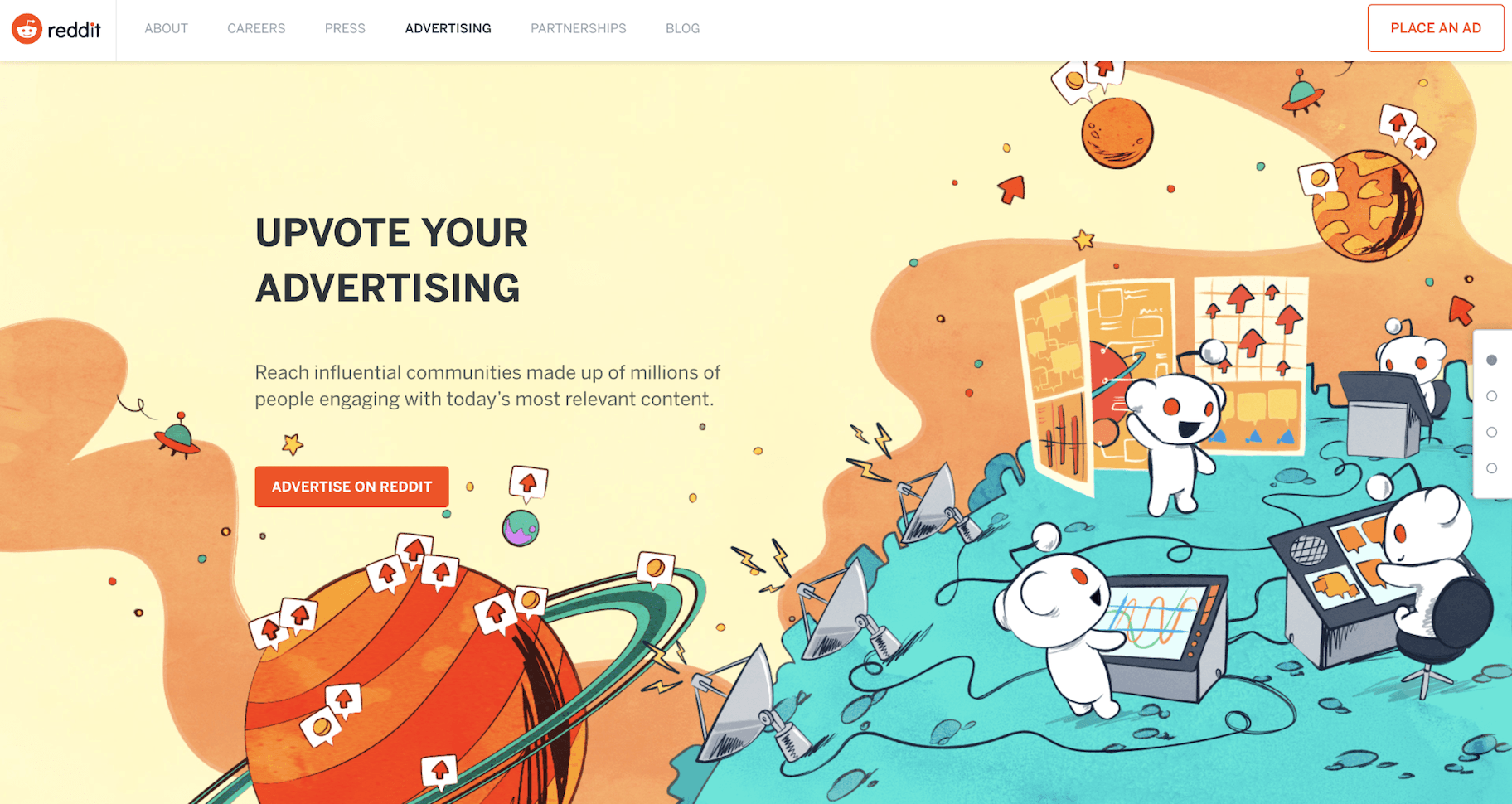
There are many options to make your Google Express advertisement stand out from the rest. This article will cover Extensive products inventory feeds, extensions, and smart campaigns. We'll also discuss why Amazon reverted their decision and what this means for you. This article focuses on small businesses. Express is a good option for small businesses, even though Express is not widely used by online marketers. It can be used to promote new products or services that aren't currently in stock at your store.
Comprehensive product inventory feed
The Google Express ad's product inventory feed is an essential part. It contains information about your entire catalog, including products from various brands and categories. In order to optimize your feed, include mandatory and non-mandatory fields. GTIN (Global Trade Information Number) is a mandatory field. GTINs are not required for products to be identified. These fields must include the following: age group, gender and color. Optional fields include product_type, Google_product_category, and product_price. The feed must contain information Google needs to display products to the right people at the right times.

Extensions help make your ads more prominent
While it is true that the use of Google express extensions will increase your ads' visibility, they aren't the only benefit to this type of ad. These extensions can increase your CTR, decrease your CPC and give you more space for your ads. But, they are only useful for ads in higher ad position. So, while ad extensions are helpful, they're not for everyone.
Smart campaigns
Smart campaigns are one of the many options available to advertisers. These ads enable you to create a website that can be displayed to potential customers. These ads are a great research tool for finding specific products and services. You only pay when people click them. Smart campaigns can be used to advertise your site on Google properties as well as partner's sites. Smart campaigns will help you maximize your return on investment in marketing efforts.
Amazon's decision to reversal
Amazon pulled out from purchasing a Google ad, in a sign of growing tension between the tech giants. This will reduce the effectiveness of Google's express ads, but it also signals that Amazon is looking beyond its own ecommerce business. Retailers pay a premium for their ads to appear in search results.

Google AdWords Express Review
You might be a beginner in PPC advertising and wondering if Adwords Express is the right tool for you. You should be aware of a few things before you sign-up. Firstly, Adwords Express doesn't allow you to set a budget for each day, nor do you have the ability to edit your keywords. Instead, you just need to choose a location, enter your budget, and begin creating ads. Next, you're good to go.
FAQ
What is an advertisement buyer?
An advertiser buys advertising space on TV, radio, print media, etc.
Advertisers pay for the time their message appears.
They don't necessarily look for the best advertisement, but instead seek out the most effective way to reach their target market.
An advertiser might have details about potential customers, including their age, gender and income.
Advertisers can use these data to determine the best medium for them. They might decide direct mail is more effective for older people.
Advertisers also evaluate the competition. Advertisers will look at the competition to see if similar businesses are nearby.
Advertisers must also take into account the size of their budget as well as the time it will take to spend the money before it expires.
What is advertising's primary purpose?
Advertising is more about connecting with customers than just selling products.
Advertising is about communicating ideas and values to people who are already interested in what you have to offer. It's about changing people's attitudes. And it's about building relationships.
It's all about helping people feel good.
But if you don't know what your customers want, you can't sell anything to them.
Prior to you begin any advertising project, make sure you understand your customer's buying habits and needs.
This will allow you to create ads that resonate with your target audience.
Advertising is what?
Advertising is an art. Advertising isn't just about selling products. It's about building emotional connections between brands and people.
Advertising is about communicating ideas through images and stories.
Communicating clearly and persuasively is key. You must tell a story that is relatable to your target market.
This makes advertising different from other forms of communication, such as public speaking, writing, or presentations.
When you create a winning ad campaign, it is creating your brand identity.
This is how you make yourself memorable. You become someone who people want to remember.
What is affiliate Marketing?
Affiliate marketing can be described as an online business model. You earn commissions by referring customers who purchase products and/or services on other websites. If someone buys from your product, you get paid by the owner.
Referrals are the foundation of affiliate marketing. For people to purchase from your site, they don't need anything extra. Refer them to the website.
Making money doesn't require any hard selling. It's just as easy to sell as it is to buy.
An affiliate account can be created in minutes.
The more you refer people, the more you'll receive commission.
There are two types.
-
Affiliates who own their websites
-
Affiliates who work with companies that provide products and/or services.
Why not advertise your business on social media?
Social Media Marketing (SMM) allows you to reach customers where they are - on social networks such as Facebook, Twitter, LinkedIn, YouTube, Google+, etc. You can also target specific segments within these networks with keywords.
This advertising strategy is cost-effective as it costs less than traditional methods to market online. It also allows you to build strong relationships with your current and potential clients.
It is easy to use social media to promote your company. All you require is a smartphone, computer or laptop and Internet access.
How can I choose my target audience
Start with yourself and those close to you. If you don’t know where or how to start, ask yourself "Whom are I trying to reach?"
Ask yourself these questions. Who are the most influential people within my industry? What are their biggest challenges? What are their top talents? Where are they located online?
Start at the beginning of your business. Why did you start? How did you solve the problem?
These answers will allow you to determine who your ideal customers are. This will allow you to learn more about your ideal customers and their motivations for buying from you.
It is also possible to look at the websites and social networks pages of your competitors to get insight into who they cater.
Once you have identified the target customers, it is time to decide what channel(s) you want to use to reach them. For example, if your company provides services to real estate agents, you might create an informational website targeting home buyers.
A blog could be created if your software is offered to small businesses.
If you sell clothing, you can create a Facebook fan page for teens. Or if you're a restaurant owner, you could set up a Twitter account for parents looking for kid-friendly places to eat.
This is the point: There are many ways to communicate your message.
What is the best way to advertise in print?
Print advertising is a good medium to communicate effectively with consumers. Many companies use print advertising to promote their products. It is designed to attract the attention of the customer.
Print ads are usually one page in length and can include text, images and logos. Print ads can also contain sound, animation, videos, and hyperlinks.
These are the main types of print ads:
1. Brochures are large-format printed materials that are designed to draw people into shops. They are often filled with colorful images and catchy designs.
2. Catalogues: These are smaller versions or brochures. These are often sent to customers who have asked for information on particular items.
3. Flyers – These are small pieces made of paper that are distributed at events, such as fairs or concerts. They can be given at retail outlets but must be paid for.
4. Posters - These flyers can be larger than the ones you see on the flyer. These flyers can be displayed on buildings, fences and walls. They are typically created using computer software programs that aim to attract the attention of passersby.
5. Direct mail - These are letters or postcards that are sent directly to potential customers. Companies send these out periodically to remind existing customers about their business.
6. Newspaper Ads - These advertisements are found in newspapers and magazines. These ads are often quite long and include both text and images.
Statistics
- Google will display whichever ad type (CPM or CPC) is expected to earn more revenue for the publisher, which is in Google's best interest since they take a 32% share of the revenue. (quicksprout.com)
- Worldwide spending on advertising in 2015 amounted to an estimated US$529.43 billion. (en.wikipedia.org)
- It's 100% reliant on your website traffic. (quicksprout.com)
- Advertising's projected distribution for 2017 was 40.4% on TV, 33.3% on digital, 9% on newspapers, 6.9% on magazines, 5.8% outdoor, and 4.3% on radio. (en.wikipedia.org)
External Links
How To
How can I advertise through Google?
AdWords can be used by businesses to advertise using keywords that they are interested in. Set up your account first. First, you choose a campaign name. Next, you set the budget and select the ad type. Finally, add keywords. You then place your bids on these keywords. Clicking on an advertisement will only result in you being paid if the click is from someone who searched one of your targeted keyword phrases. You can get paid even though people don’t buy any products.
Google offers many tools to help ensure that your ads are effective. They include Keyword Planner, Ads Preferences Manager, and Analytics. These tools allow you see which options work best for your business.
Keyword planners help you choose the keywords that will be used in your campaigns. It also shows you how much competition there is for certain keywords, helping you decide whether or not to spend money bidding on them.
You can use Ads Preferences Manager to change settings like the maximum number of impressions per day and the minimum cost per click.
Analytics allows you to monitor the performance and compare your ads to other competitors. You can also view reports comparing the performance of your ads with others.